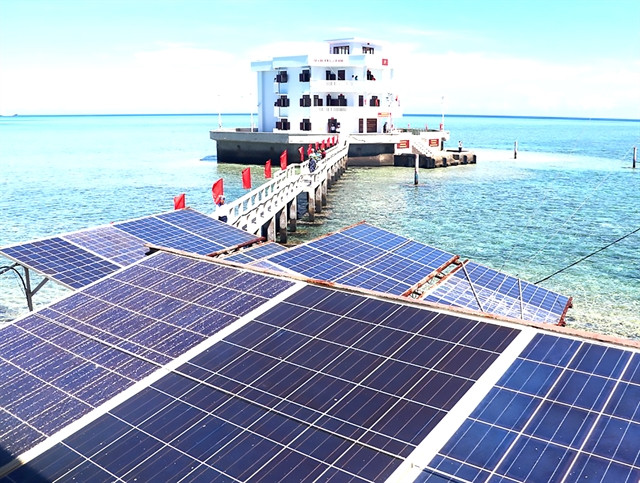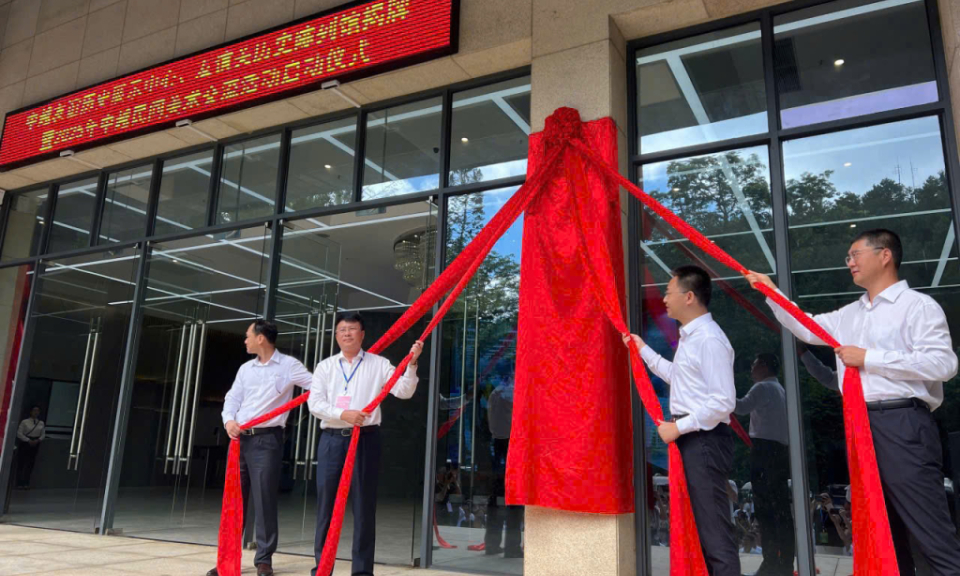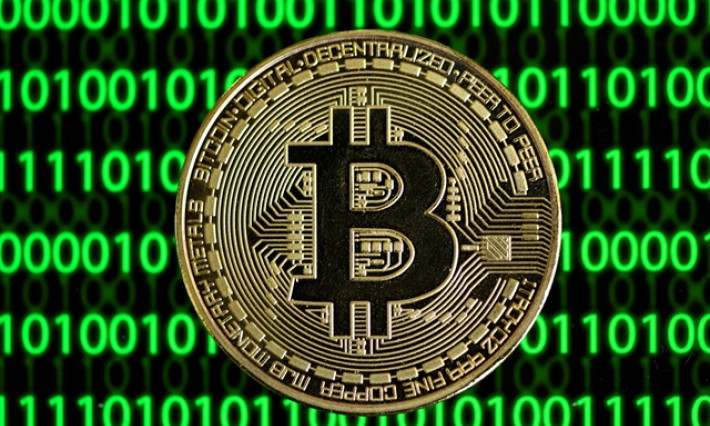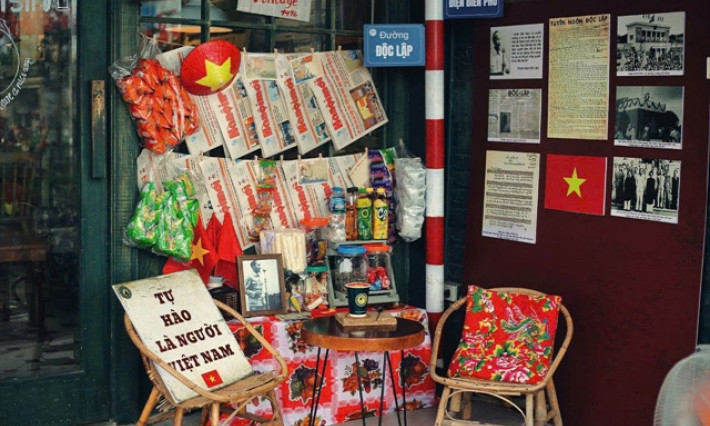Clean energy brings stable electricity supply to Trường Sa Archipelago
Before 2010, islands in the Trường Sa (Spratly) Archipelago mainly used diesel generators to generate electricity for daily life and lighting. Electric power source powered by dynamometers is expensive, unstable, generates loud noise and pollutes the environment, so it was usually only used for a few hours in the evening and when absolutely necessary.
The lives of soldiers and islanders in Trường Sa island district in the south-central province of Khánh Hòa have changed a lot thanks to solar panels and wind turbines.
Solar and wind power is used widely in islands belonging to Việt Nam's Trường Sa (Spratly) Archipelago, said Colonel Lê Đình Hải, Deputy head of Brigade 146 under Naval Region 4.
Hải, who is also chairman of Trường Sa District People's Committee, said that the clean energy sources now could meet the daily needs of local residents for cooking, and powering TVs, radios and even electric fans at night.
"Trường Sa is the first district in Việt Nam lit up with clean energy," Hải said, adding that thanks to the stable energy source, activities on the island became much more convenient than before.
Thái Minh Khai, a local resident living in Song Tử Tây (Southwest Cay) Island, said his family had lived on the island for more than four years without finding any inconveniences thanks to stable clean power supply.
"There is no difference between the mainland and island when it comes to electric household appliances," Khai said, emphasising that with wind power and solar power systems, the living conditions of households and soldiers on the island has gotten better.
Before 2010, islands in the Trường Sa (Spratly) Archipelago mainly used diesel generators to generate electricity for daily life and lighting. Electricity powered by dynamometers is expensive, unstable, generates loud noise and pollutes the environment, so it was usually only used for a few hours in the evening and when absolutely necessary.
However, in recent years, clean energy electricity systems have been installed in Trường Sa which has a great advantage of sunny and windy weather.
Captain Trần Thế Tài, living in Đá Nam (South Reef) Island, said that ever since solar and wind power systems were installed in the island, they can use freezers to preserve food and vegetables for a longer time. When it's hot, they can have cooling fans on.
Captain Đỗ Minh Cường, Chief of Núi Le (Cornwallis South Reef) Island, said that solar power was very strong and stable.
"The wind and solar systems have a designed capacity of generating 25 kw per hour. We can store the extra power for three days without recharging. We only use 5 kw a day," he said.
Harsh sea weather with strong heat, winds and storms challenge islanders and soldiers every day. They also must maintain solar panels, down to each screw and wire so that the equipment does not rust due to the salty seawater affecting the electrical system.
Clean energy systems with modern technology, managed by computers, also require operators to always learn additional knowledge to operate the system safely and effectively.
Lieutenant Colonel Trần Danh Hòang, Chief of Sinh Tồn (Sin Cowe) Island, said that it was difficult for the maintenance team to regularly travel from the mainland to the islands to replace components whenever a solar panel or a blower was damaged.
"Soldiers have to learn to fix problems," Hoàng said, adding that they first found it difficult but after repairing and understanding the operating principles of energy batteries and blowers, they could do it well.
"Regular maintenance and periodic inspection help prolong the life of the equipment," he said.
However, the harsh climate, sunshine, wind, and salty sea water in Trường Sa have degraded and damaged some electrical systems. At some locations or islands, clean energy systems were built a decade ago, so the solar panels, blowers or energy storage batteries now need to be replaced and upgraded.
Captain Trần Văn Bình from Tốc Tan (Alison Reef) A Island said that solar battery systems and wind blowers that were installed a long time ago, are now just 60-70 per cent as effective as newly-installed ones.
"We regularly take care of the maintenance of the system and look forward to maintenance teams from the mainland to reach the islands regularly," he said.






